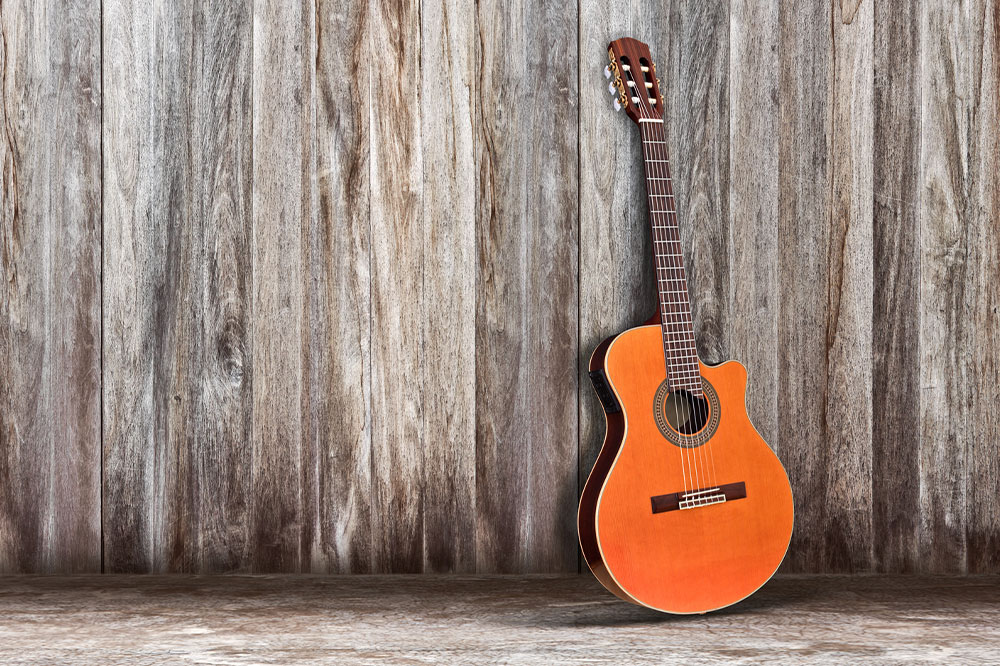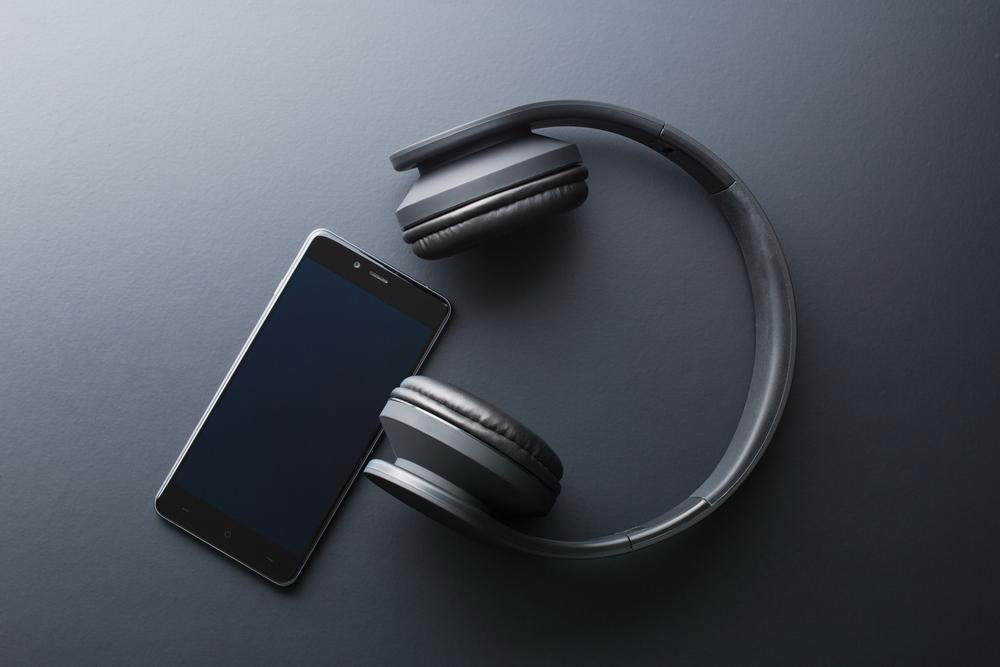Comprehensive Guide for Independent Musicians to Create and Produce Their Own Songs
This comprehensive guide empowers independent musicians with essential tools and step-by-step instructions for creating and producing their own songs. Covering equipment, software, songwriting, and mixing, it provides all the information needed to start your music production journey confidently, whether you’re a beginner or an aspiring artist aiming for professional quality. Unlock your creative potential and take control of your music career today.

Step-by-Step Instructions for Independent Artists to Compose and Produce Original Music
In the era of technological advancements, independent musicians are presented with extraordinary opportunities to craft and share their music without the need for major record labels. The accessibility of digital tools and platforms empowers artists to write, record, produce, and distribute their songs all on their own. However, embarking on this creative journey can sometimes feel daunting due to the complexities involved in the production process and the necessity for specialized equipment. Fortunately, with the right knowledge and essential tools, creating quality music independently becomes an achievable and rewarding experience.
Fundamental Equipment for Music Creation
High-Quality Microphone
The cornerstone of any recording setup is a reliable, high-quality microphone. Whether capturing vocals or acoustic instruments, the quality of your microphone directly impacts the clarity and professionalism of your recordings. There are various models to choose from, including USB microphones—which are ideal for beginners due to their ease of use—and XLR microphones suitable for more advanced setups. Selecting a microphone that aligns with your budget and technical needs is essential for a successful recording process.
Pop Filter
Incorporating a pop filter into your setup helps mitigate harsh plosive sounds—such as 'p' and 'b' sounds—that can cause distortion during vocal recordings. It acts as a barrier, dispersing air bursts before they reach the microphone capsule, thus improving sound quality. Using a pop filter also lowers the need for extensive post-recording editing to remove unwanted noises.
Microphone Stand and Accessories
A sturdy microphone stand is highly recommended to stabilize your microphone during recording sessions. Freeing yourself from handheld mic operation ensures consistent sound capture and allows you to concentrate fully on your performance. Additional accessories like shock mounts or microphone arms can further improve sound isolation and comfort.
Computer or Laptop
Your computer is the hub of your music production workflow. It handles recording, editing, mixing, and exporting your tracks. Modern computers with ample processing power and storage capacity will facilitate seamless operation of digital audio workstations (DAWs) and other production software. Whether you are working on a desktop or a portable laptop, investing in a reliable machine is crucial for uninterrupted creativity.
Professional-Grade Headphones
To accurately monitor your recordings and mixes, high-quality, noise-canceling headphones are indispensable. Over-ear headphones with a flat frequency response enable you to hear your music as close to the final version as possible, reducing errors and ensuring precise adjustments during mixing and editing processes.
Free and Affordable Music Production Tools Starting your independent music career doesn’t necessarily require expensive equipment. There are numerous free and budget-friendly platforms online that support music creation. The key is to choose the right tools and adopt a systematic approach to develop your project efficiently.
Selecting the Ideal Digital Audio Workstation (DAW) Picking the appropriate DAW is fundamental to your music production. There are various options catering to different skill levels and budgets. Some popular free DAWs include Audacity and Cakewalk, while premium options like Ableton Live, FL Studio, and Logic Pro X offer advanced features for professionals. Online DAWs such as BandLab provide browser-based solutions that eliminate the need for downloads, making them especially suitable for beginners.
Composing Your Song Once your DAW is set up, the next step is to focus on songwriting. Craft lyrics that express your ideas, feelings, or stories. Develop melodies that resonate with your theme. Clear and compelling songwriting lays the foundation for a memorable piece, so take your time to refine your lyrics and melodies until they truly reflect your artistic vision.
Utilizing Loop Sounds and Samples To streamline the composition process, many DAWs offer pre-recorded loops and samples that can be customized to fit your style. These loops help establish the mood and vibe of your track, whether aiming for a chill acoustic vibe or energetic dance beats. When creating your music, consider experimenting with different sounds to build a distinctive sound signature.
Recording Vocals and Instruments When your song structure is defined, proceed to record vocals and instrumental parts. Modern digital audio workstations allow you to utilize virtual instruments, synthesizers, and MIDI controllers to produce a rich array of sounds digitally. This eliminates the need for physical instruments in some cases, making the production process more accessible and cost-effective. Carefully record each element, ensuring proper timing and clarity for a cohesive final product.
Mixing, Editing, and Applying Effects The final crucial phase involves mixing your recorded tracks. Adjust the volume levels, panning, equalization, and effects such as reverb, delay, or distortion to create a balanced and professional sound. Many DAWs include built-in plugins and tools to facilitate this process. Once satisfied with the mix, export your song in the desired format for distribution on streaming platforms and other channels.
In conclusion, creating your own music as an independent artist is an achievable goal with the right equipment, systematic workflow, and a passion for music. By investing in essential tools, choosing suitable software, and honing your songwriting and production skills, you can craft professional-quality songs that resonate with your audience. The journey of independent music production is both creatively fulfilling and empowering—so start today and bring your musical vision to life.




